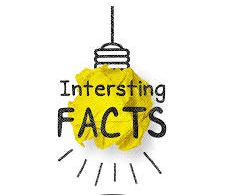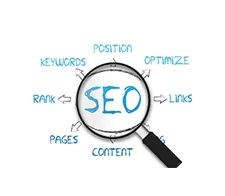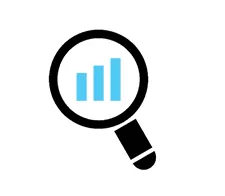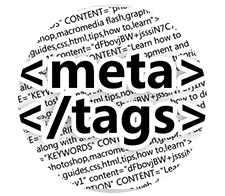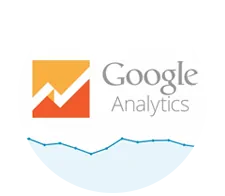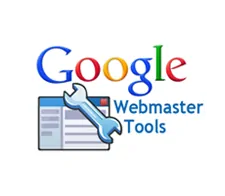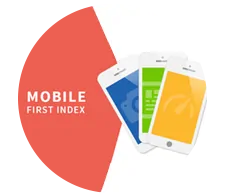Digital SEO Guide
What has changed?
The guide is covering the scope of core elements of SEO in. Google is continually updating the core SEO factors as it still forms the basis of SEO.
We have covered the necessary scope, along with the updated element of each SEO factor in by Google.
Don’t have time to read the whole guide right now?.
Google market share is 92%
The chart showing the market share of Google in search technology is more than 92% making them the undisputed leader in an internet search.
Google
92.42%
Bing
2.61%
Yahoo!
1.9%
Baidu
1.03%
YANDEX RU
0.53%
DuckDuckGo
0.37%
Search Engine Market Share Worldwide – April

